Freezing food is one of the most convenient ways of preservation, but there are a lot of misconceptions out there that can lead to wasted time, money, and effort. These false beliefs have been passed around, causing a lot of frustrations to many. Find out some of the most widespread false beliefs about freezing foods that you might have fallen into, and the truth about them.
Contents
- 1 Freezing Kills All Bacteria
- 2 You Can Freeze Dairy Products Without Any Issues
- 3 Freezing Food Preserves Nutrients Indefinitely
- 4 Once Frozen, Food Can Be Refrozen After Thawing
- 5 Freezer Burn Means the Food Is Unsafe to Eat
- 6 You Don’t Need to Label Frozen Foods
- 7 All Containers Are Suitable for Freezing
- 8 Freezing Stops the Clock on Food Spoilage
- 9 You Can Freeze Food in Its Original Packaging
- 10 Thawing on the Counter Is Safe
- 11 You Should Freeze Food While It’s Still Hot
- 12 Frozen Food Lasts Forever
- 13 Freezing Is a Substitute for Preserving Freshness
- 14 All Foods Need to Be Blanched Before Freezing
- 15 More From RetailShout
- 16 16 Tasty Salad Additions for a Nutritional Upgrade
- 17 20 Best Aldi Products for a Cozy Weekend Brunch
Freezing Kills All Bacteria
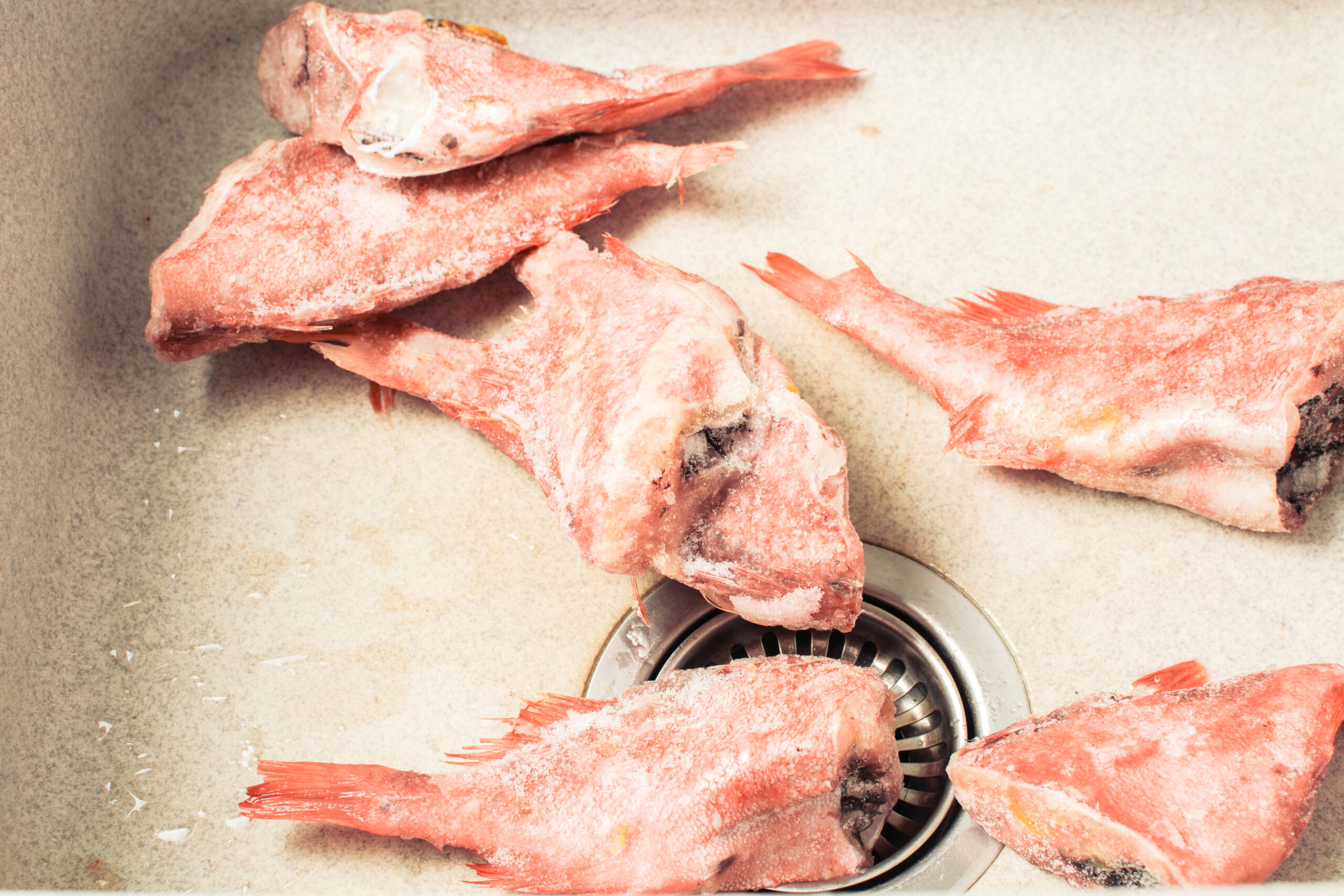
Many people believe that freezing food kills all bacteria, making it completely safe to eat after thawing. While freezing does inhibit the growth of bacteria, it doesn’t eliminate them. Bacteria can become dormant in cold temperatures and then reactivate once the food is thawed. This means that improperly stored or thawed food can still be a health hazard. To ensure safety, always cook thawed foods thoroughly and follow proper thawing techniques.
You Can Freeze Dairy Products Without Any Issues
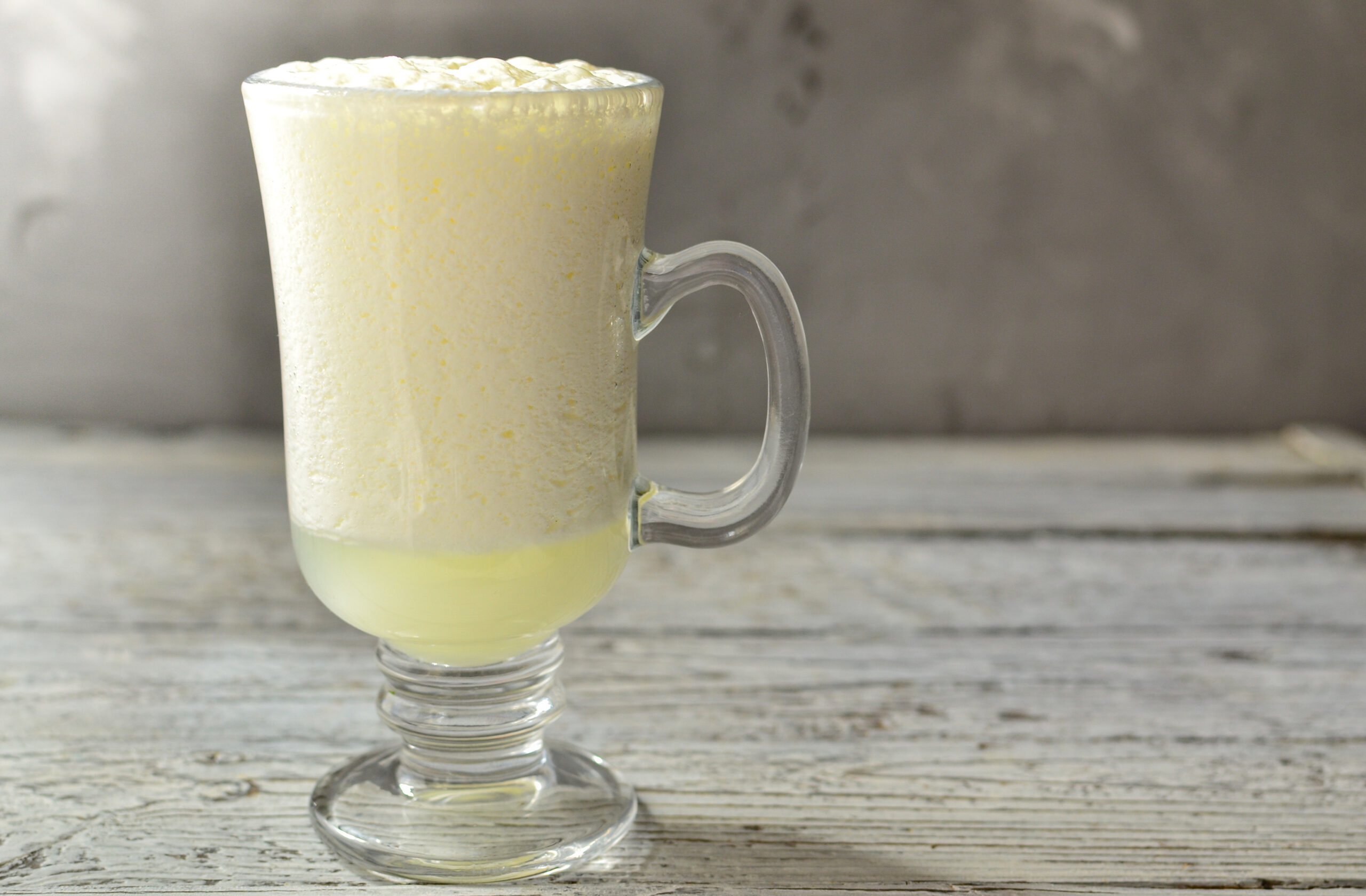
While it’s possible to freeze dairy products like milk, cheese, and yogurt, they often don’t fare well in the freezer. The texture and consistency can change significantly, with separation or graininess occurring once thawed. Certain dairy products, like hard cheeses, can freeze well, but for others, it’s better to consume them fresh or use alternative preservation methods. Understanding the limits of freezing dairy can help you avoid unpleasant surprises.
Freezing Food Preserves Nutrients Indefinitely
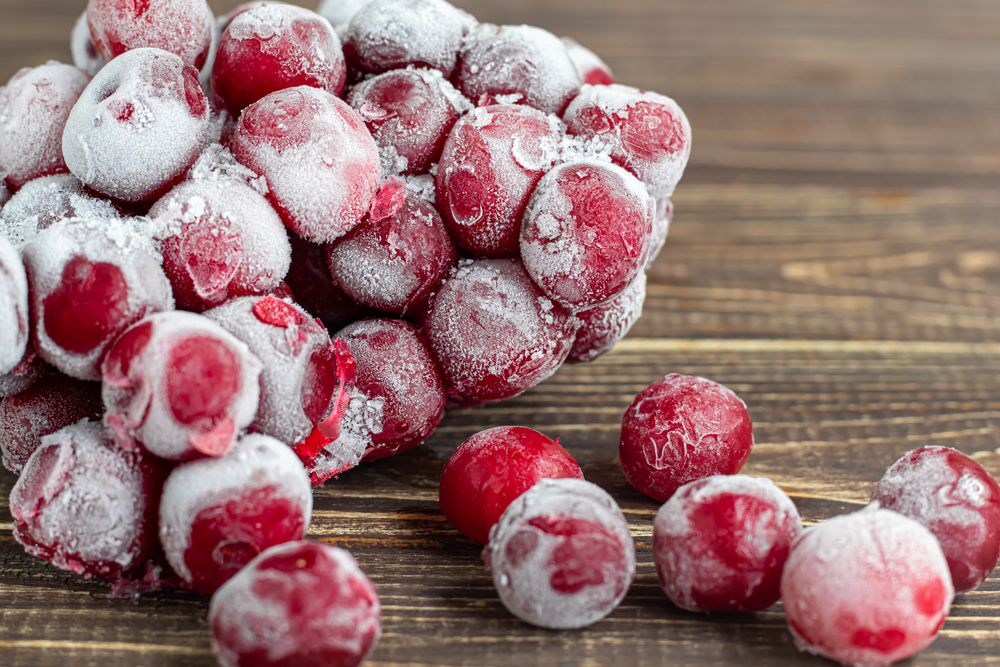
Some believe that freezing food locks in nutrients indefinitely. While freezing can preserve the nutritional content of food better than other methods like canning, the nutrients can still degrade over time. Vitamins, particularly vitamin C, can diminish even in frozen storage. To maximize nutrient retention, try to consume frozen foods within a few months and avoid long-term storage when possible.
Once Frozen, Food Can Be Refrozen After Thawing
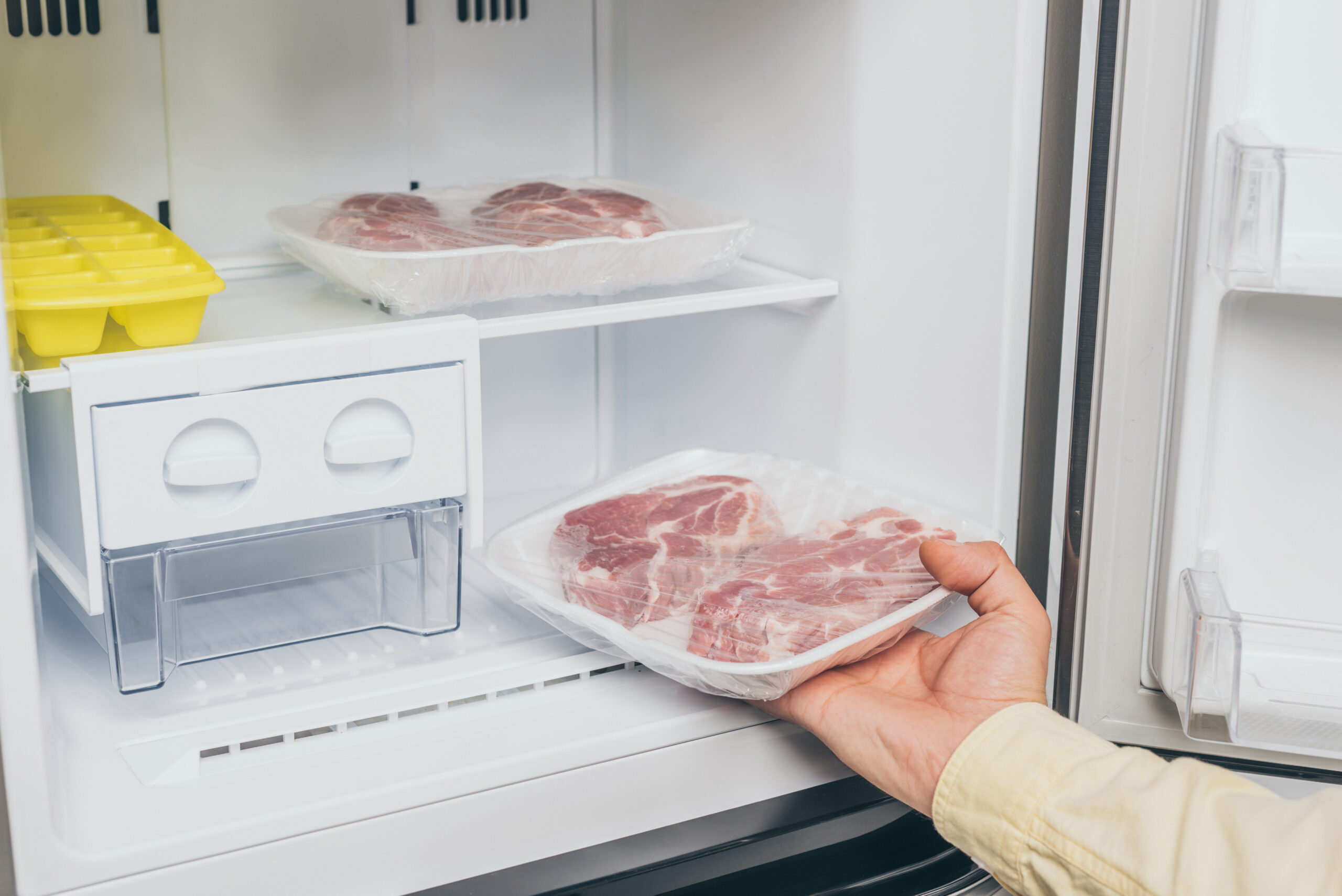
Another widespread myth is that once food has been thawed, it can be safely refrozen. In reality, refreezing thawed food can compromise its texture and flavor. Additionally, the risk of bacterial growth increases each time food is thawed and refrozen. To avoid these issues, portion your food before freezing to minimize the need for refreezing.
Freezer Burn Means the Food Is Unsafe to Eat
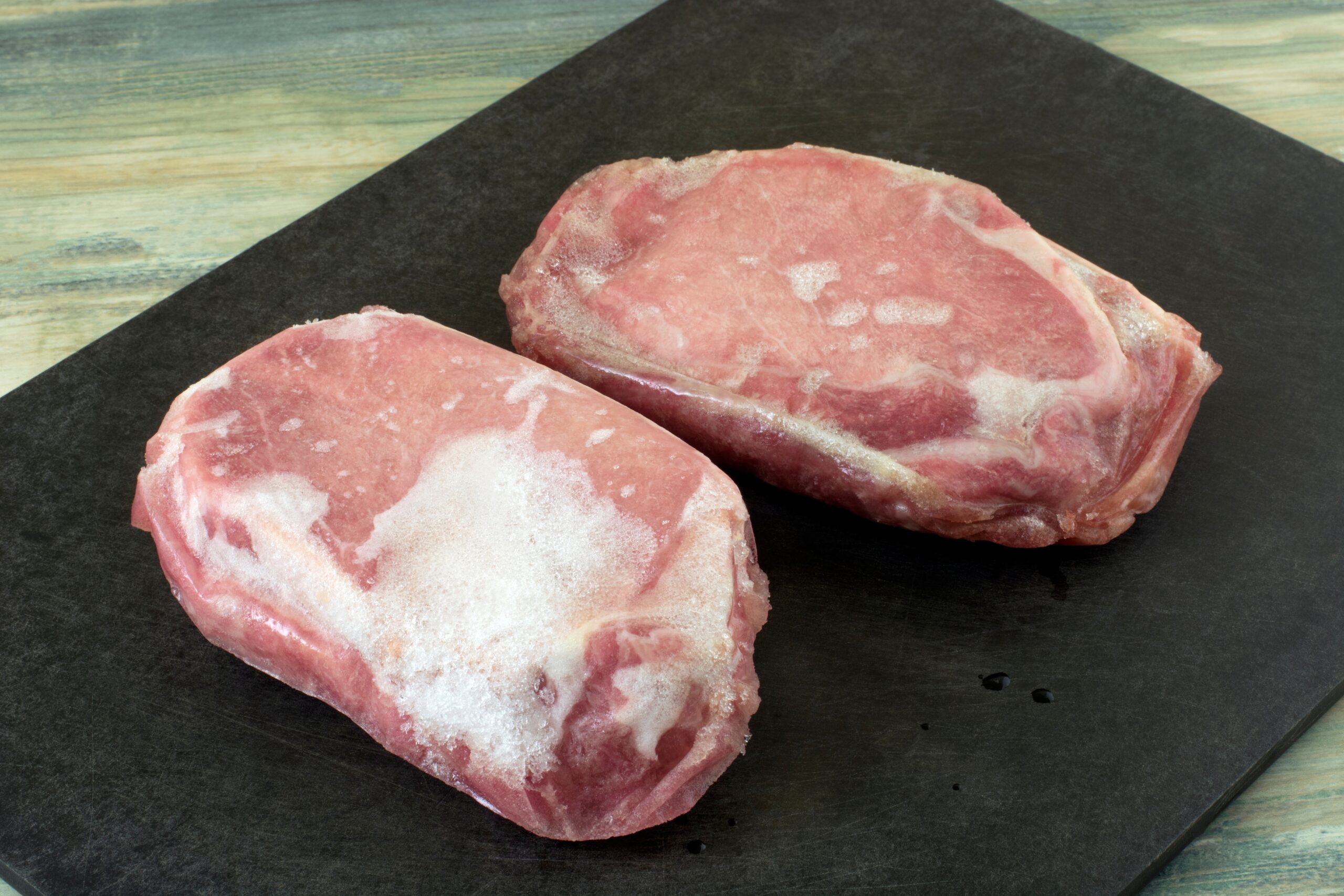
Many people throw out freezer-burned food, believing it’s no longer safe to eat. Freezer burn occurs when food is improperly packaged or stored for too long, causing dehydration and oxidation. While it may affect the food’s texture and flavor, it doesn’t make the food unsafe to eat. You can often trim away freezer-burned areas and still use the rest of the food in cooked dishes.
You Don’t Need to Label Frozen Foods

It’s easy to think you’ll remember what’s in your freezer, but that’s often not the case. Failing to label frozen foods can lead to confusion, forgotten items, and eventually, wasted food. Labeling with the name and date helps you keep track of what’s in your freezer and ensures that you use items within their optimal time frame. Proper labeling is a small step that can prevent big losses.
All Containers Are Suitable for Freezing
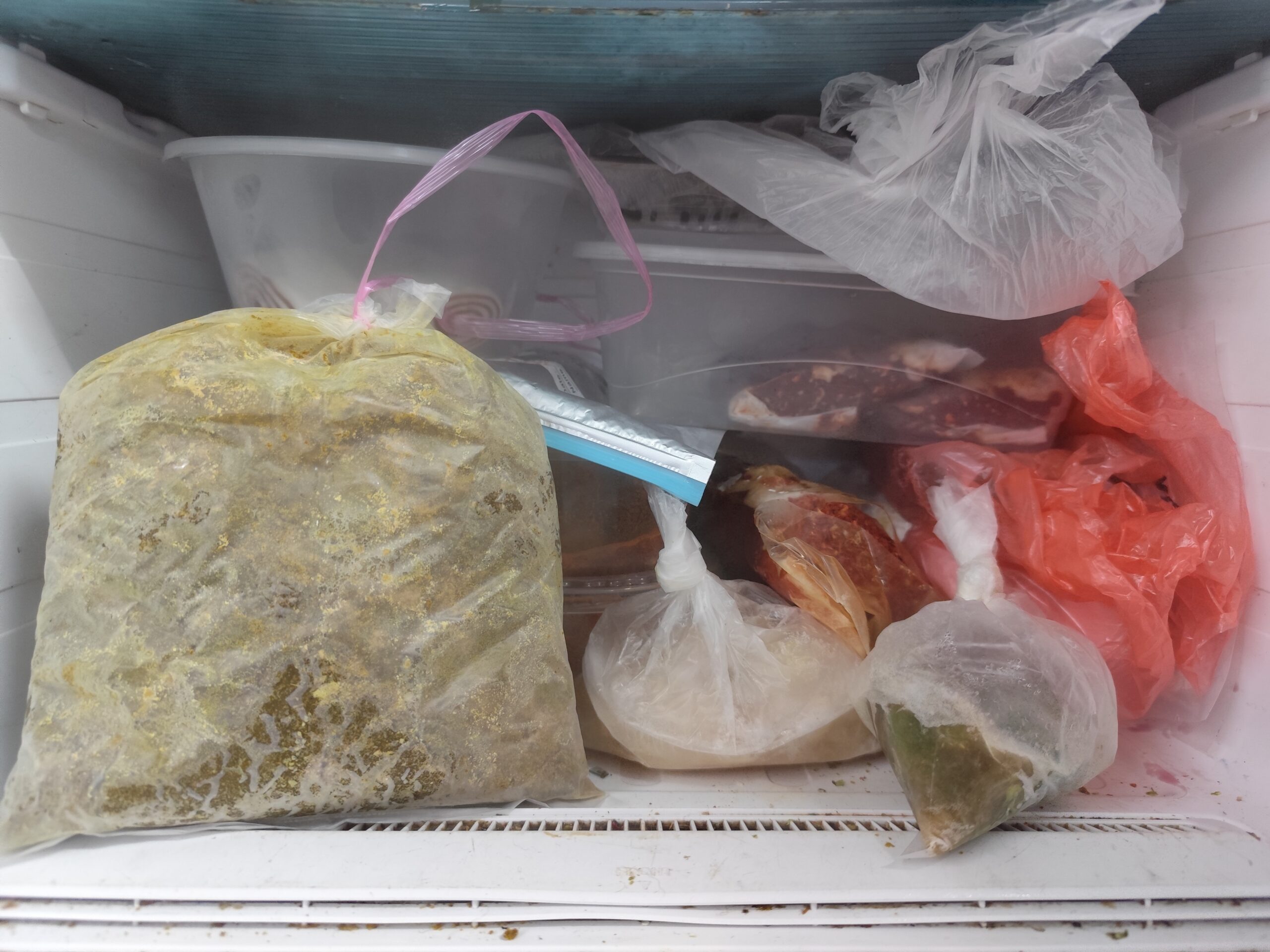
Not all containers are created equal when it comes to freezing food. Using inappropriate containers, such as regular plastic bags or non-freezer-safe glass, can lead to freezer burn, broken containers, and wasted food. Always use airtight, freezer-safe containers or bags designed specifically for freezing to protect your food and ensure its longevity.
Freezing Stops the Clock on Food Spoilage
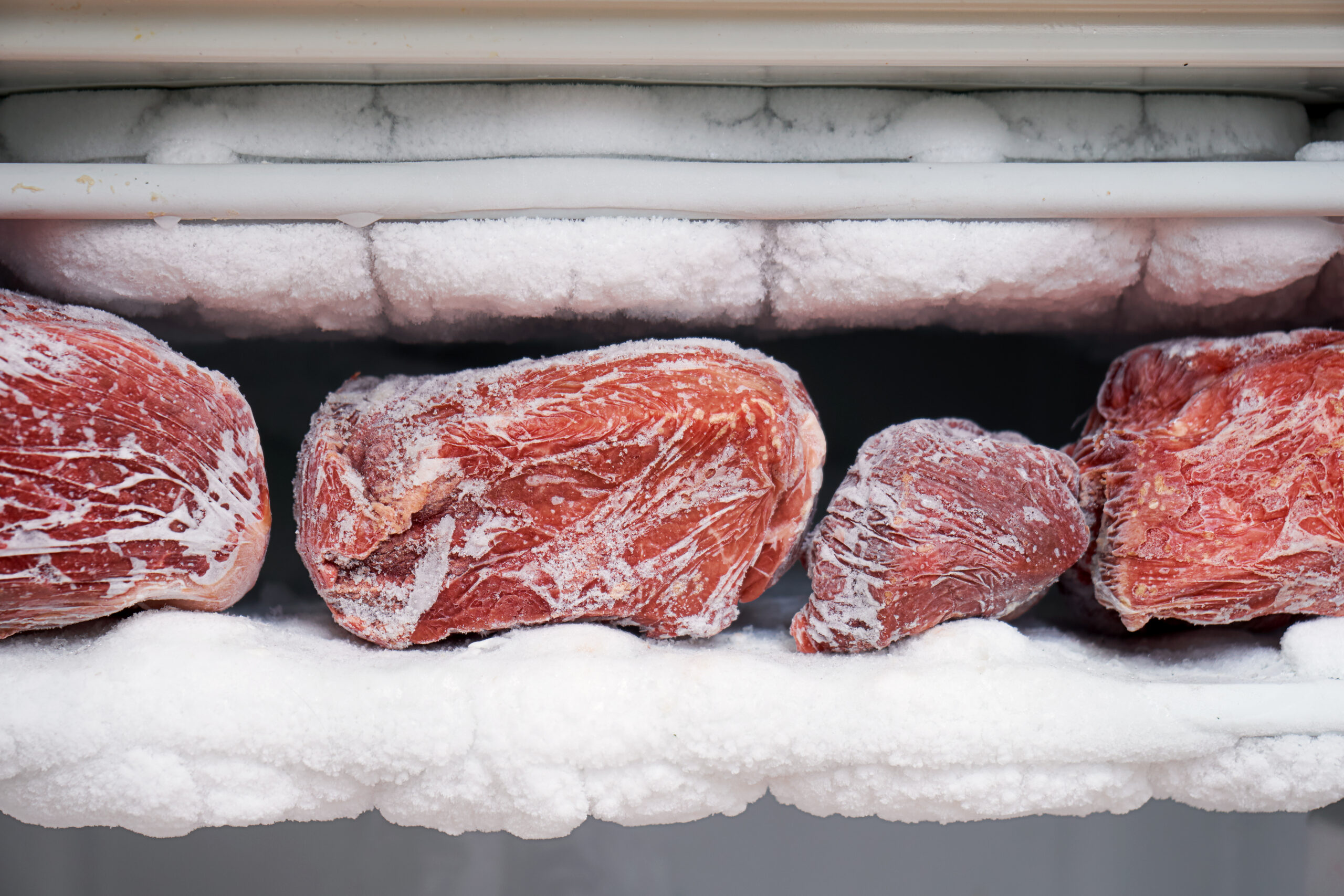
Freezing can significantly slow down the process of food spoilage, but it doesn’t stop it entirely. Over time, even frozen foods can lose quality, develop freezer burn, or suffer from changes in texture and flavor. It’s important to use frozen foods within a reasonable timeframe, generally within three to six months, to ensure they taste their best and remain safe to eat.
You Can Freeze Food in Its Original Packaging
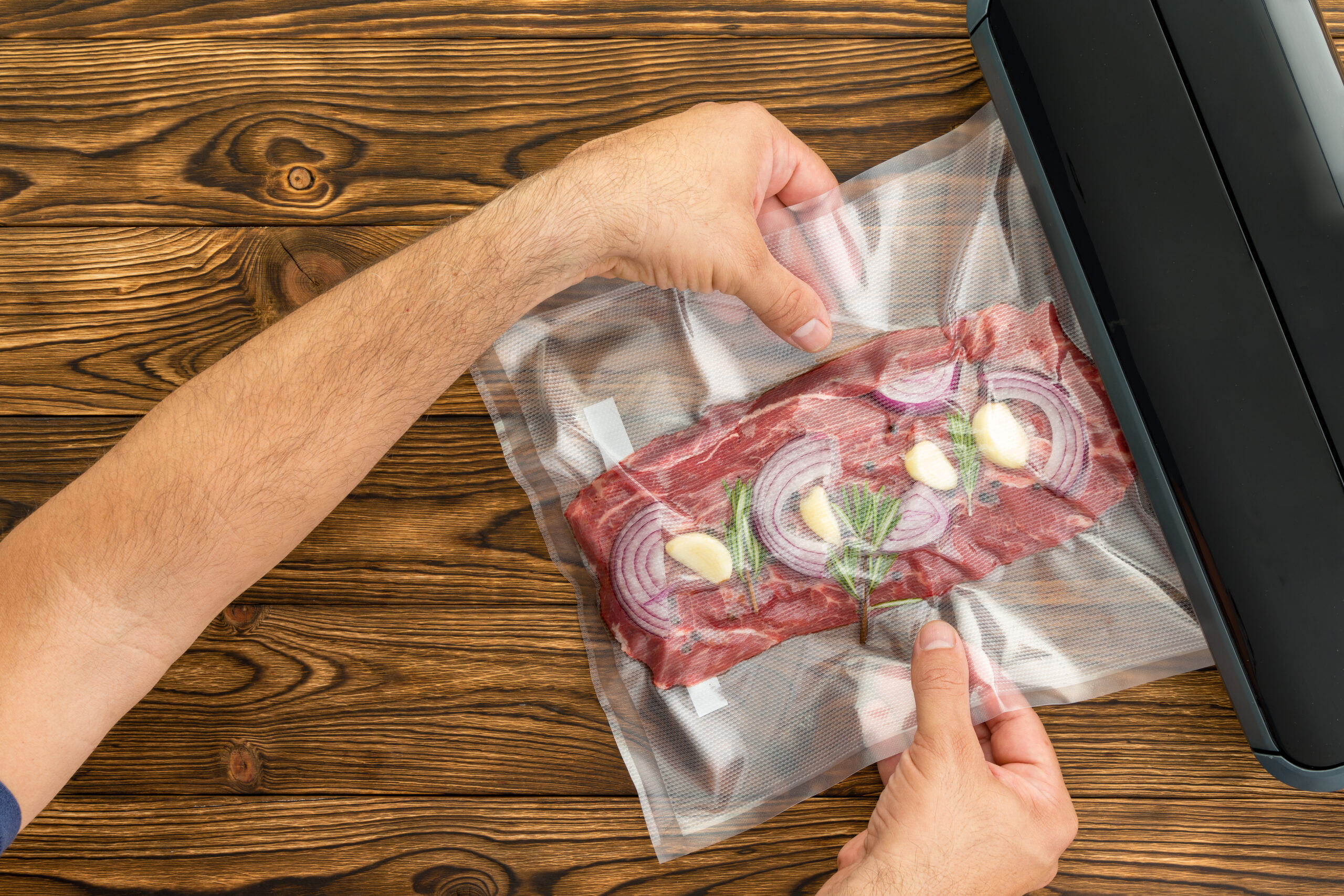
Many people assume that store packaging is suitable for freezer storage. However, the original packaging is often not airtight or thick enough to prevent freezer burn. For better results, repackage food in freezer-safe bags or containers, and remove as much air as possible before sealing. This extra step can make a significant difference in the quality of your frozen food.
Thawing on the Counter Is Safe

Thawing food on the counter at room temperature is a common practice, but it can lead to bacterial growth. As the outer layers of the food thaw, they can reach temperatures that allow bacteria to multiply, even while the inside remains frozen. Instead, thaw food in the refrigerator, in cold water, or using the defrost setting on your microwave to keep it safe.
You Should Freeze Food While It’s Still Hot
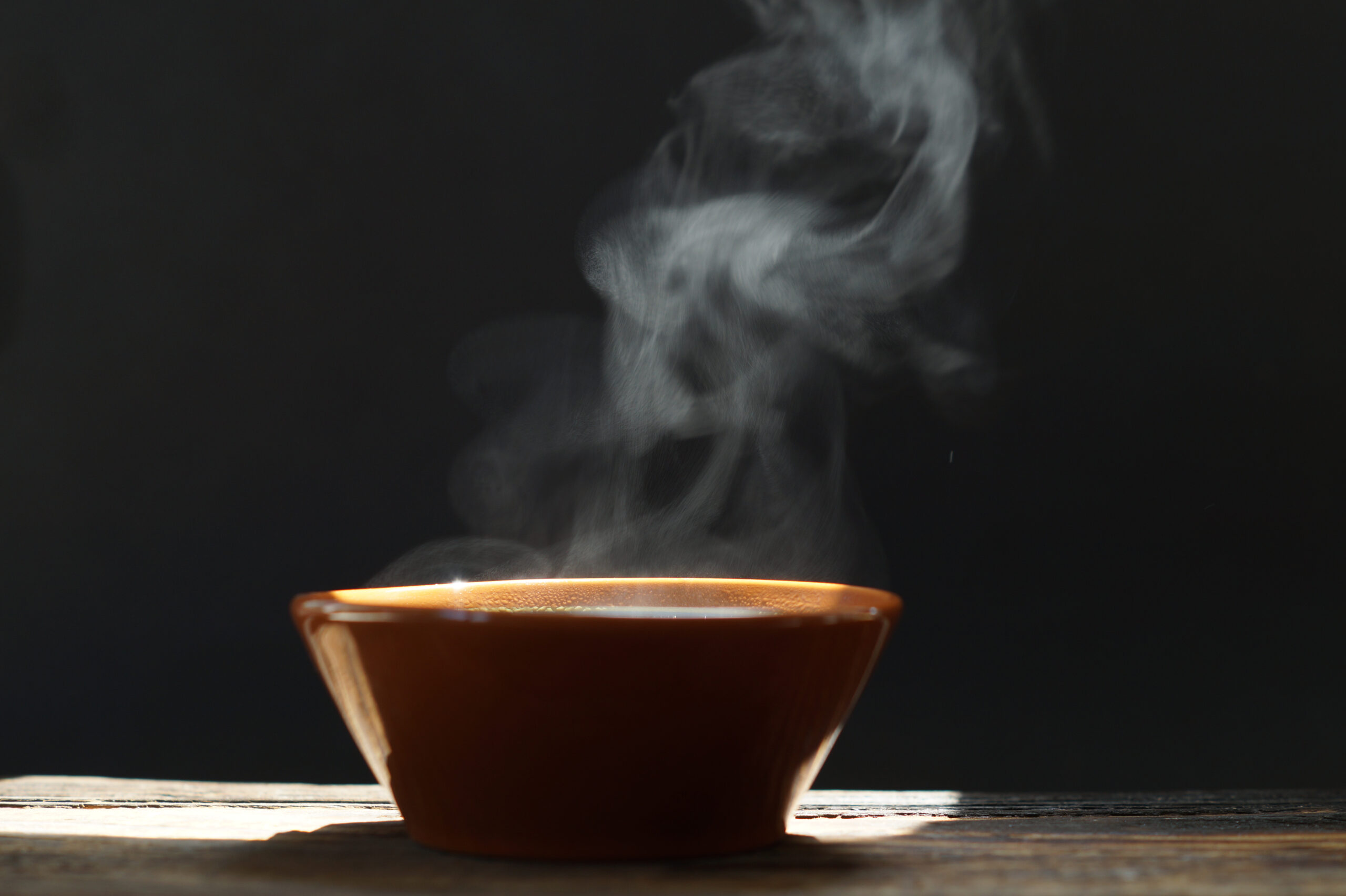
Some believe that food should be frozen immediately after cooking while it’s still hot to lock in freshness. However, placing hot food directly in the freezer can raise the overall temperature inside, potentially leading to partial thawing and refreezing of other items. It’s best to let food cool to room temperature before freezing, ensuring that it freezes quickly and safely without compromising other items in the freezer.
Frozen Food Lasts Forever

A common misconception is that frozen food has an indefinite shelf life. While freezing can preserve food for a long time, it doesn’t mean that food will remain in peak condition forever. Over time, the quality of frozen food can decline, leading to changes in taste, texture, and even nutritional value. It’s essential to monitor the age of items in your freezer and use them within the recommended timeframe.
Freezing Is a Substitute for Preserving Freshness
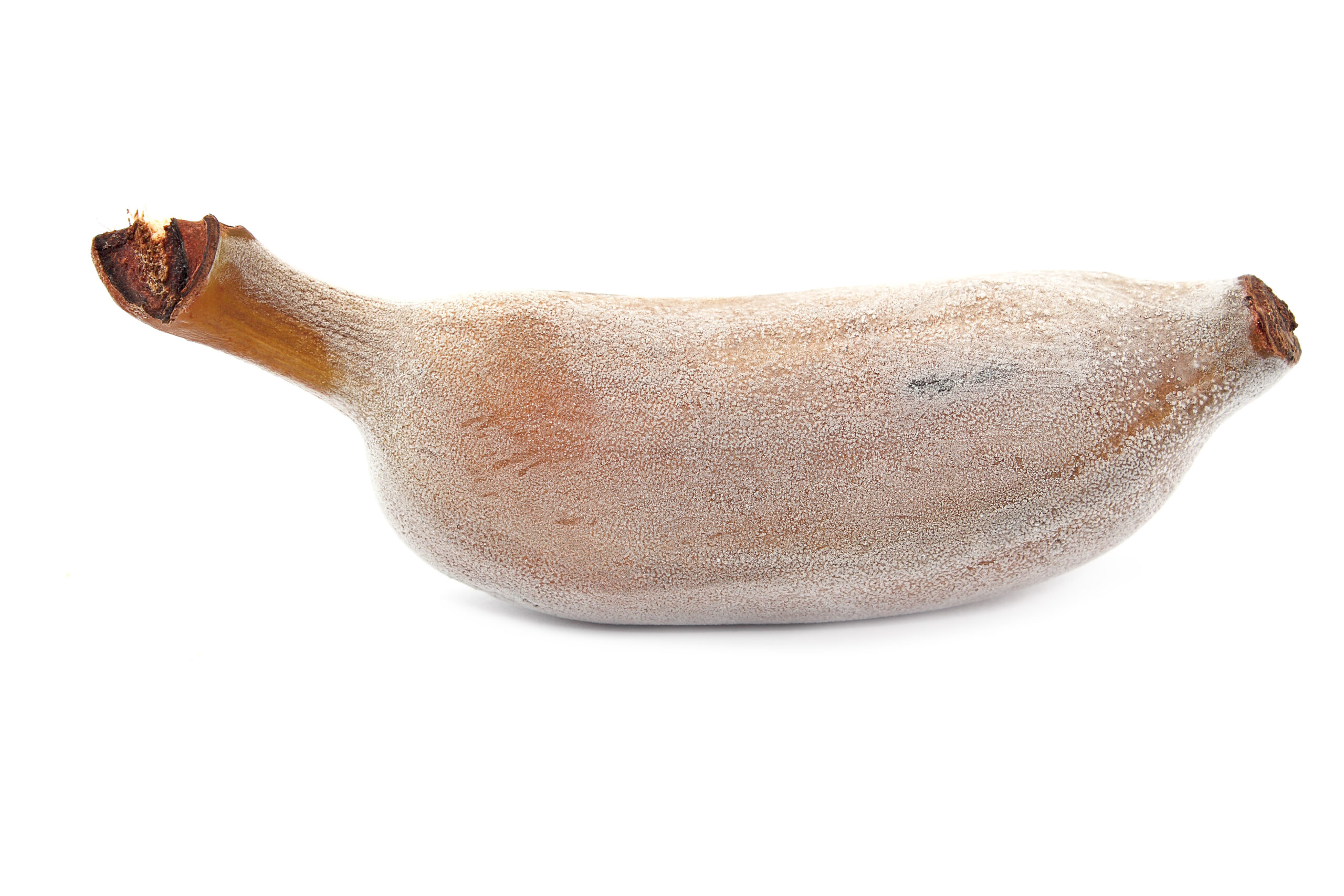
Freezing is often thought of as a foolproof method to preserve freshness, but it’s not a perfect solution. If food isn’t fresh when it’s frozen, it won’t magically improve in quality once frozen. It’s crucial to freeze foods at their peak freshness to maintain the best flavor and texture when you eventually use them. Freezing overripe or nearly spoiled items will only result in disappointing meals later.
All Foods Need to Be Blanched Before Freezing

Blanching, or briefly boiling food before freezing, is recommended for certain vegetables to stop enzyme actions that can cause loss of flavor, color, and texture. However, not all foods need to be blanched before freezing. Many fruits, meats, and baked goods can be frozen without this step. Knowing when blanching is necessary can save you time and effort while ensuring the best quality in your frozen foods.
This article originally appeared on RetailShout.
More From RetailShout
Top 15 Gluten-Free Foods to Fuel Your Growing Kids
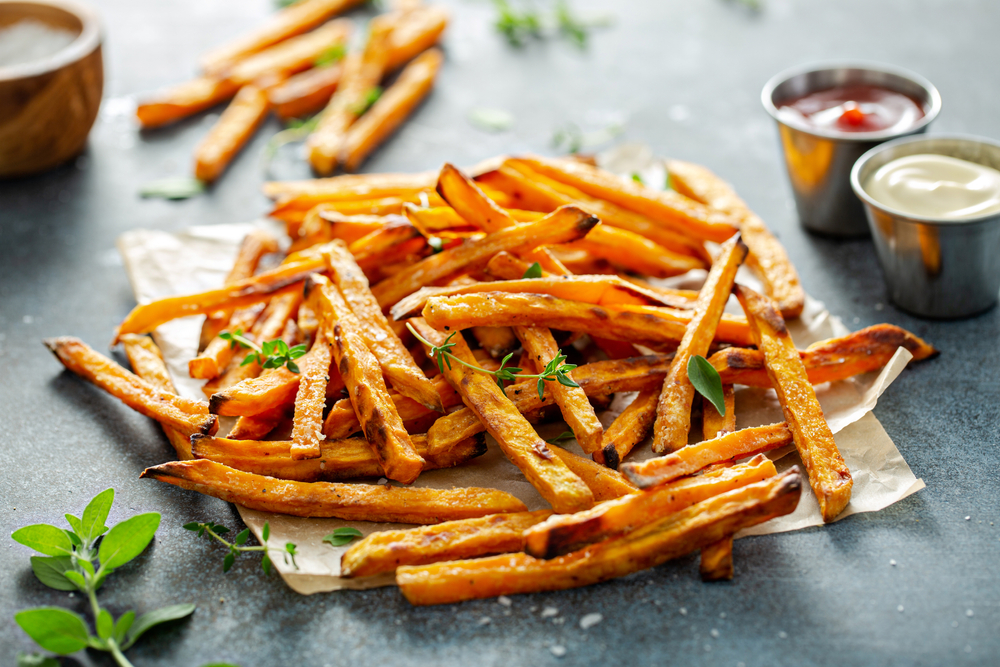
Finding the best gluten-free foods for kids can feel like a daunting task. Many parents struggle with balancing dietary restrictions and their children’s picky tastes. Read More.
16 Tasty Salad Additions for a Nutritional Upgrade
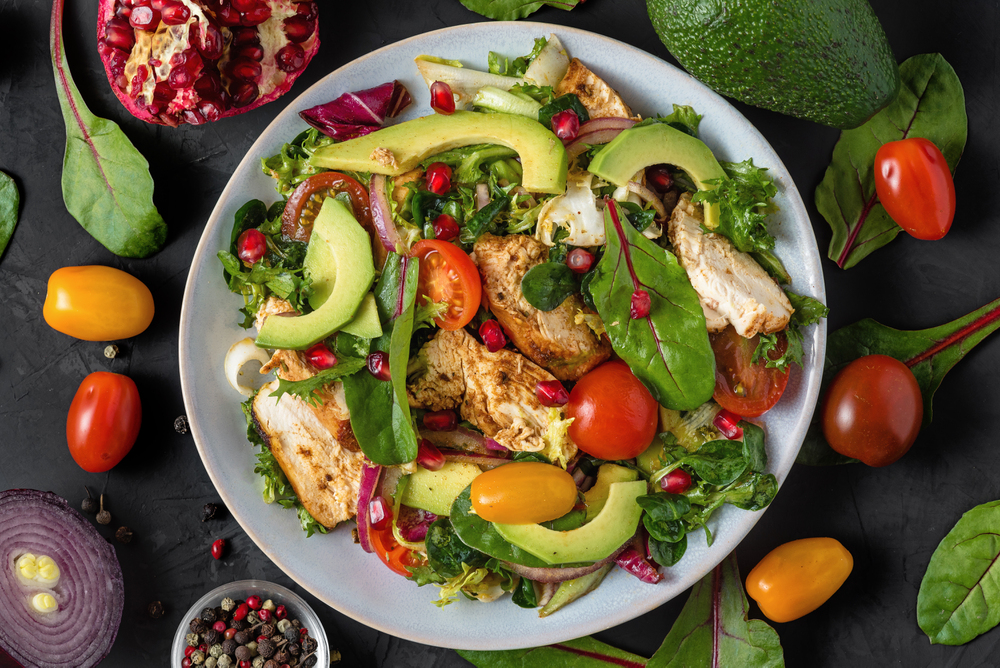
Adding a little extra to your salad doesn’t have to be complicated. Whether you’re looking for more flavor, texture, or just a boost in nutrients, there are tons of simple ingredients that can turn an ordinary salad into something special. Read More.
20 Best Aldi Products for a Cozy Weekend Brunch

When the weekend rolls around, there’s no better way to start your day than with a cozy brunch. Aldi’s incredible selection of affordable and high-quality products makes it easy to whip up a delicious meal that everyone will love. Read More.






